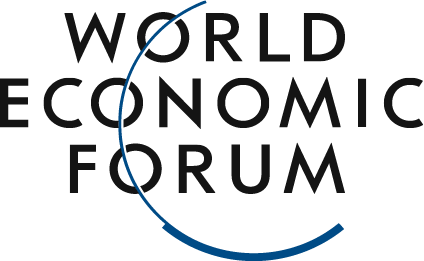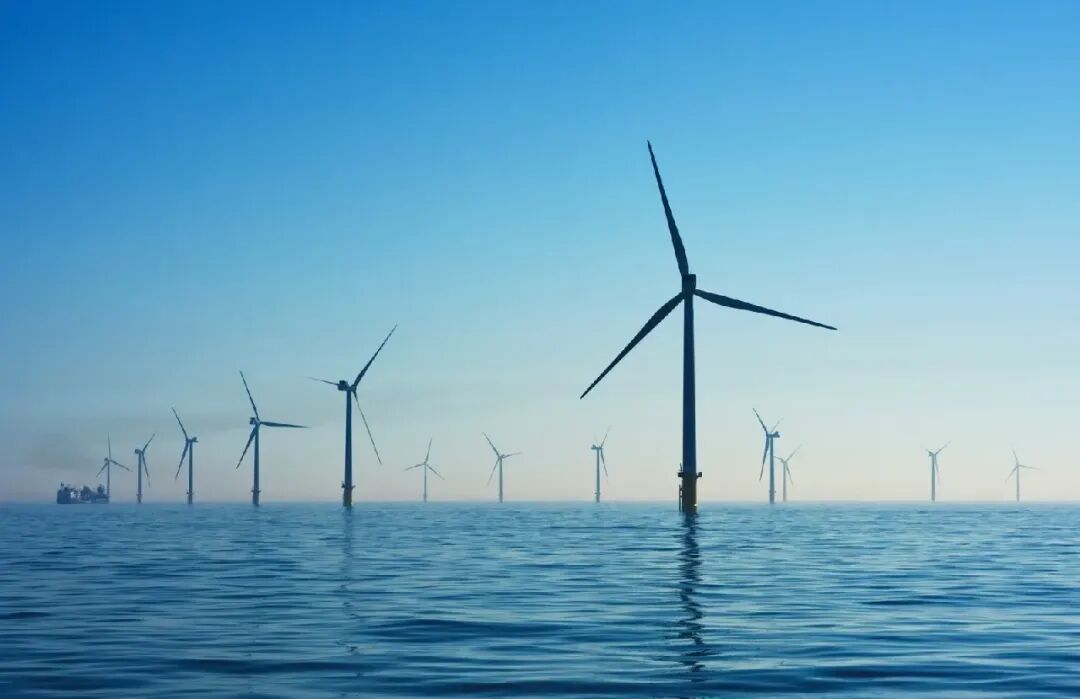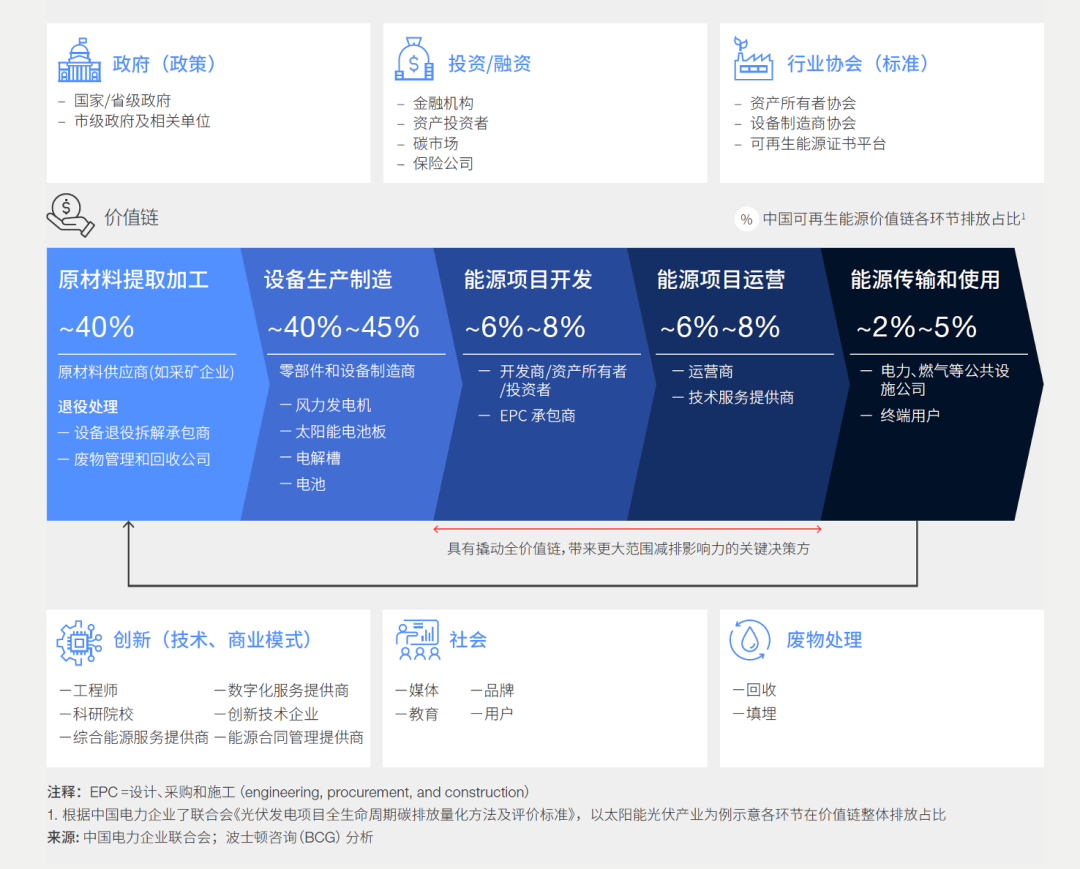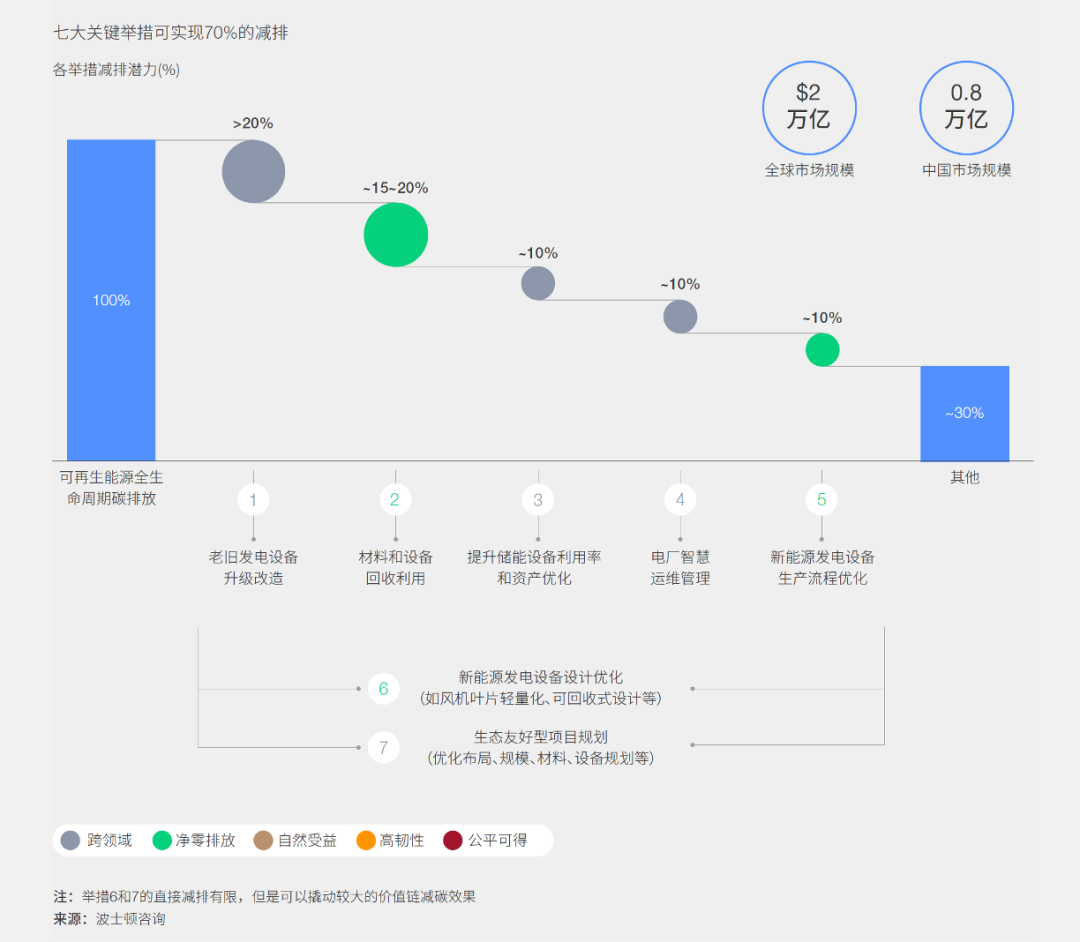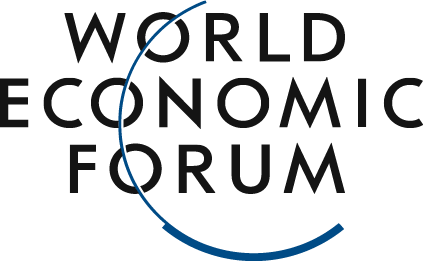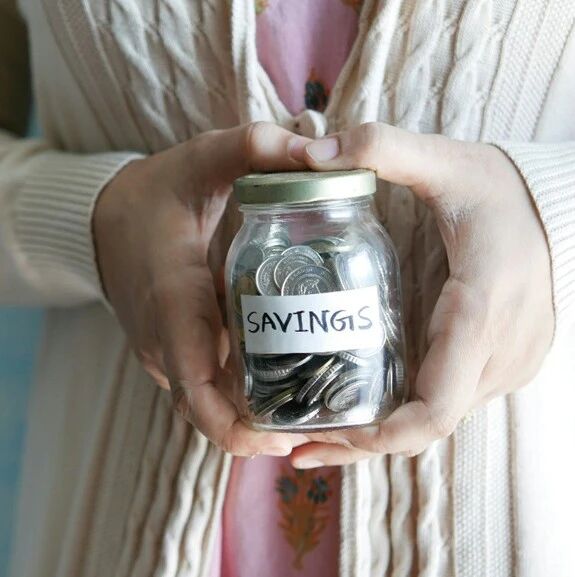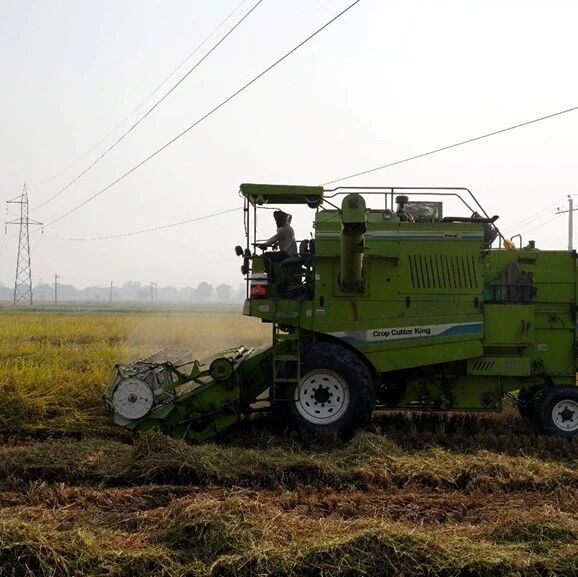:Unsplash
He Yiran
Head of the Industrial Decarbonization Project, Greater China, World Economic Forum
As the installed capacity of renewable energy rapidly expands in the future, its lifecycle carbon emissions could account for up to 60% of the entire power generation industry, making decarbonization across the entire value chain an increasingly urgent priority.
Meanwhile, renewable energy will serve as a key catalyst, creating synergies with multiple sustainable development goals—such as ecological and biodiversity conservation, job creation, and economic growth.
China holds more than half of the global market share in both renewable energy equipment manufacturing and project development, positioning itself to lead the industry—and drive its entire value chain—toward a sustainable growth trajectory.
At the COP28 conference, the goal of tripling global renewable energy capacity by 2030 emerged as one of the most notable achievements. This explosive growth has prompted an increasing number of renewable energy companies to recognize the environmental footprint embedded in their value chains—and to emphasize the critical importance of accelerating emissions reductions. By 2050, under a net-zero carbon scenario, renewables are projected to account for 90% of global electricity generation.A joint study by the World Economic Forum and the Boston Consulting GroupIf current carbon intensity—measured as CO₂ emissions per unit of GDP—is maintained, the country’s lifecycle carbon emissions will account for 60% of the entire power generation industry. Therefore, it is imperative to urgently prioritize greening and decarbonizing the entire value chain of renewable energy, from manufacturing and operations all the way through to end-of-life management.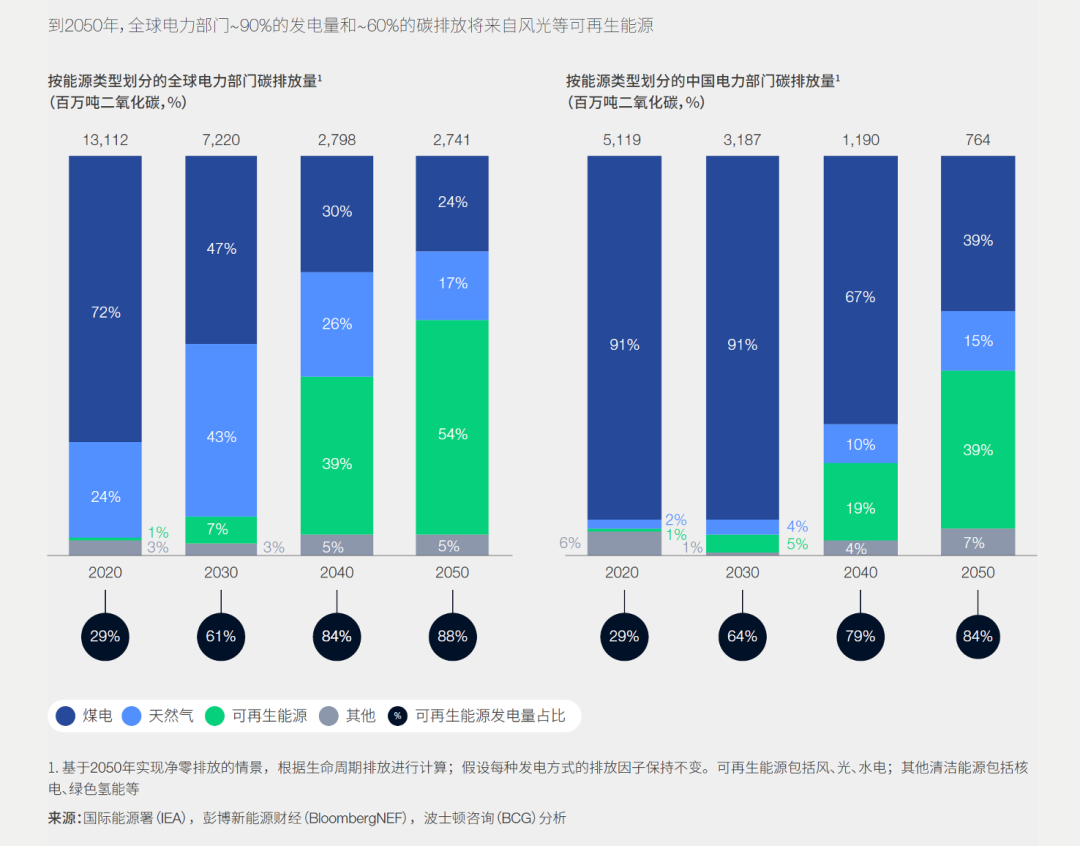
The share of renewable energy in power sector carbon emissions by 2050
Image source:World Economic Forum
A single move can set the entire system in motion. We live in an era marked by the overlapping of multiple crises, and achieving sustainable development goes far beyond just addressing "carbon" concerns. The rapid growth of renewable energy has introduced fresh challenges—and, at the same time, created a unique opportunity for collaborative progress. This allows us to simultaneously pursue critical sustainability goals, such as safeguarding land resources, restoring ecosystems, protecting biodiversity, and fostering both employment and economic growth. For instance, from 2021 to 2060, China’s solar power projects are projected to expand their land footprint by a staggering 14-fold, posing new questions and challenges for agricultural land use, forest conservation, and other vital areas.
Sustainable development of renewable energy requires the collective efforts of every link in the entire value chain—spanning material suppliers, equipment manufacturers, project developers, operators, recycling companies, and more. Among these stakeholders, leading enterprises play a critical role as industry pioneers. By launching initiatives and actions such as supplier empowerment programs or end-of-life circular solutions (e.g., repurposing retired wind turbine blades into fencing for grazing areas), they can help maximize the positive environmental, ecological, and economic impacts across the entire lifecycle of renewable energy products.Carbon emissions across all stages of renewable energy in China
Image source:World Economic Forum
End-to-End Value Chain: Sustainable Value Creation Across Every Stage
For the sustainable development of renewable energy, it is essential to identify opportunities and take corresponding actions across all stages of the value chain.- In the materials and equipment manufacturing stage,We need to adopt low-carbon and environmentally friendly production processes to help achieve zero carbon emissions in manufacturing. For instance, by utilizing 100% clean energy supply and leveraging low-carbon, lightweight materials such as zero-carbon steel and carbon fiber composites.
- During the project development and operation phases,It is essential to strictly adhere to environmental assessment and protection standards, ensuring that project construction and operations do not negatively impact the local ecosystem, while actively striving to deliver positive outcomes such as ecological restoration and rehabilitation. For instance, by carefully planning and designing the location and layout of wind farms and photovoltaic plants, we can avoid disrupting wildlife habitats and migration routes. Additionally, companies can further enhance the local environment through eco-friendly restoration initiatives, such as reforestation projects and the installation of artificial fish reefs around wind turbines.
- At the end of the project's lifecycle,Recycling and reuse are becoming key. By establishing effective recycling systems, we can reduce the environmental impact of waste, lessen our reliance on natural resources, and drive the growth of a circular economy. For instance, using recycled cement materials in wind farms can help cut carbon intensity by nearly 30%.
Sustainable development approaches vary across the different stages of renewable energy projects—from cradle to grave. According to research by the World Economic Forum and Boston Consulting Group, prioritizing seven key initiatives by 2030 could lead to a 70% reduction in carbon emissions across the entire renewable energy value chain, while also unlocking a global market worth an estimated $2 trillion.The Emission Reduction Potential and Global Market Opportunities of Seven Key Initiatives
Image source:World Economic Forum
Leading Green Development: China's Opportunities
China plays a pivotal role in the global renewable energy value chain. Chinese companies account for more than 70% of global renewable energy equipment manufacturing and over 60% of newly developed renewable energy projects. These impressive figures position China as a global leader, inspiring an increasing number of Chinese enterprises to recognize that the growth of renewable energy opens up significant opportunities for achieving other sustainable development goals. Practical examples demonstrate how renewable energy development fosters synergies across multiple objectives—such as ecological restoration, conservation of nature and biodiversity, and rural revitalization—creating powerful ripple effects that benefit society as a whole.China is one of the countries facing the largest area of desertification, with the highest number of people affected and the most severe wind-and-sand hazards in the world. "Photovoltaic sand control," or "PV-based desert management," has emerged as a powerful solution for preventing wind erosion and stabilizing sand dunes in China's Three-North region—where desertification is most severe. Renewable energy companies are playing a critical role in scaling up this innovative approach, driving technological advancements and breakthroughs.
For instance, China’s leading PV company, LONGi Green Energy, has introduced its cutting-edge "photovoltaic sand control model"—combining solar panel power generation on top, sustainable agriculture beneath, and livestock farming between panels—to the Ulan Buh Desert in Dengkou County, Bayannur City, Inner Mongolia. This project marks Bayannur’s first large-scale PV-plus-ecological-rehabilitation power station. It is projected to restore and rehabilitate 3,000 acres of desert, delivering an average of approximately 200 million kilowatt-hours of clean electricity to the grid annually. Additionally, it is expected to save around 62,000 tons of standard coal each year while significantly reducing carbon dioxide and particulate matter emissions.
By aggressively developing and promoting this "PV-based desert management" model, Chinese photovoltaic enterprises are not only advancing renewable energy projects but also achieving broader sustainability goals, such as ecological restoration and rural revitalization. The model has proven effective in improving the microclimate of desertified areas, mitigating natural disasters like hot, dry winds and sandstorms, expanding vegetation cover, and even supporting the cultivation of economic crops and poultry farming. As a result, local communities have gained new job opportunities and increased incomes, fostering both environmental recovery and socioeconomic development.“We encourage more photovoltaic companies to collaborate in innovation, exploring additional global examples of ‘PV + ecological restoration’ initiatives. By taking concrete actions, we aim to support the United Nations’ 2030 Sustainable Development Goals (SDGs) and ultimately contribute to sustainable development for all humanity.”Chairman of LONGi Green EnergyMeanwhile, as leading global suppliers of renewable energy equipment and project developers, Chinese companies are set to lay the foundation for the global renewable energy sector, offering valuable lessons and practical insights. For instance, Chinese firms like LONGi Green Energy have successfully scaled up their pioneering photovoltaic-based desert management model—originally developed through years of dedicated effort—to arid regions across Africa, the Middle East, and other areas grappling with severe desertification, helping local communities achieve both environmental sustainability and economic growth. Meanwhile, companies such as China Longyuan Power Group have brought high-quality, state-of-the-art wind energy projects to developing nations like South Africa, addressing critical energy shortages while simultaneously boosting job creation, supporting community initiatives, and enhancing local livelihoods.To further accelerate progress and achieve sustainable development across the entire lifecycle, truly transforming renewable energy into a transformative growth driver—creating new opportunities for China and the global community—we must foster continuous collaboration among enterprises and stakeholders along the value chain. Together, we can relentlessly push forward breakthroughs and innovations in technology, business models, and scale, ensuring that we unlock broader environmental, social, and economic benefits. In doing so, "green" will emerge as the new frontier and powerful engine propelling economic growth forward.Jiang Songxian, Head of Climate Action Communications for the Greater China region at the World Economic Forum, Qin Xinhong, Head of Corporate Affairs, Wu Tong, also a Head of Corporate Affairs, and intern assistant Zhou Jiajie, as well as Li Ye, Consulting Associate, and Lu Feng, Director and Managing Partner at Boston Consulting Group, also contributed to this article.
Feel free to share this on WeChat Moments; please leave a comment below the post if you’d like to republish.
The World Economic Forum is an independent and neutral platform dedicated to bringing together diverse perspectives to discuss critical global, regional, and industry-specific issues.
Follow us on Weibo, WeChat Video Accounts, Douyin, and Xiaohongshu!
"World Economic Forum"
